W
William Dramby
Riya Patel
AP World History: Modern 🌍
577 resourcesSee Units
Welcome to the first unit of AP World History! In this course, we will explore the history of the human race from 1200 CE to the present, roughly 800 years.
The AP World curriculum separates into nine units, but many teachers and the CollegeBoard will break them into time periods. These periods describe major trends and break up history into distinct "zones." For example, the first time period in AP World spans from 1200 CE to 1450 CE. (We will discuss how the CollegeBoard came up with those dates.)
Both units 1 and 2 discuss the first time period. In unit 1, we'll talk about mostly political developments. In unit 2, we explore economic developments. However, it's worth remembering that there's a ton of overlap. Let's jump in!

Periodizing Time Period 1
The AP World exam will test your periodization skills. Periodization is a skill that historians use to "chunk" up history into functional pieces that they can study. World history as a discipline spans over ten thousand years (and that's just including what most anthropologists consider "history"!), and so finding reasonable ways to split it up into periods allows specialization.
However, the dispute arises surrounding the issue of periodization: "Where do we draw the demarcation lines?" That's where periodic arguments come in! Historians can use turning points to argue why or why not a particular date represents a cutoff in a period.
Let's look at period 1 as an example. Period 1 spans from the years 1200 to 1450. Why? Well, the course may begin in 1200 for a few reasons. First, in unit 1, we'll introduce many empires and civilizations that grew in the post-classical period, that is, the period following the fall of Rome in the year 476 CE. These empires include the Byzantine Empire, empires in Africa such as Mali, Songhai, and Ghana, Song China, the Delhi Sultanate, and trading empires in Southeast Asia, and the Abbasid Caliphate, to name a few.
Around the year 1200, these empires grew and began a uniquely new world compared to the classical era. Secondly, we can also frame 1200-1450 around economic growth, specifically surrounding expansion in trade routes. We'll see in unit 1 that existing trade routes such as the Silk Road and Indian Ocean Trade Routes and new routes such as the Trans-Saharan and the Incan Road System facilitate imperial growth. Therefore, we can pinpoint 1200 as a starting point of a new period.
By 1450, we have one specific turning point that ends the post-classical era, and that is the start of the Renaissance and the beginning of European domination across the world. During the period 1200-1450, we can see distinct golden ages (this term is also subjective) in areas like the Middle East, Africa, and Asia and a low point for Western Europe (known as the Dark Ages). However, following 1450, Western Europe began the age of colonization.
What’s Unit 1 All About?
Now that we understand the broad reasoning behind the first period (1200-1450), let's jump into what you'll learn in unit 1. The sections in unit 1 are broadly broken down based on geography, so each section will cover what's going on in each region politically from 1200-1450.
However, you will also learn how interconnected these regions are and how different empires and societies interact with each other, one of the most important aspects of unit 1 (and AP World as a whole!). A significant skill in unit 1 is comparison. You will learn about many new empires and states and, as such, will be expected to compare them along SPICE themes (social, political, interactions with the environment, culture, economics, and technology).
Trends in Afro-Eurasia
Most of the details in unit 1 take place in Afro-Eurasia, that is, the continents of Africa, Europe, and Asia, along with the Middle East.
In Africa, you'll dive into the new political structures that take place, such as in Ghana, Mali, and Songhai, along with the trade empires along the Swahili Coast. You'll also learn how new technology and trade routes impacted imperial structures and societies. Influential figures include Mansa Musa and pieces of literature such as the Epic of Sundiata. You'll also find that African societies have a deep, rich culture and experienced prosperity pre-European exploration, an important note as you move forward in learning history.
Mansa Musa
Mansa Musa was the ruler of the Kingdom of Mali in West Africa in the 14th century. He is widely considered one of the wealthiest people in history, due in large part to the vast amount of gold and other resources that were abundant in the kingdom during his reign.
Mansa Musa is perhaps most famous for his pilgrimage to Mecca in 1324, during which he is said to have distributed so much gold along the way that it caused an economic crisis in the region and led to a significant decrease in the price of gold. He is also known for his support of education and the arts, and for building a number of important structures, including mosques and libraries, in the Kingdom of Mali.
Epic of Sundiata
The Epic of Sundiata, also known as the Sundiata Keita or the Legend of Sundiata, is a traditional West African oral history that tells the story of Sundiata Keita, who founded the Kingdom of Mali in the 13th century. The epic is an important cultural and historical work in West Africa, and has been passed down through the generations by griots, or West African storytellers.
According to the epic, Sundiata was born with a disability, but he overcame this obstacle and went on to become a great warrior and leader. He united a number of different tribes and factions under his rule and established the Kingdom of Mali, which became a major power in West Africa. The epic tells the story of Sundiata's rise to power, his battles and conquests, and his eventual death. It is a tale of courage, strength, and determination, and is considered a classic work of West African literature.
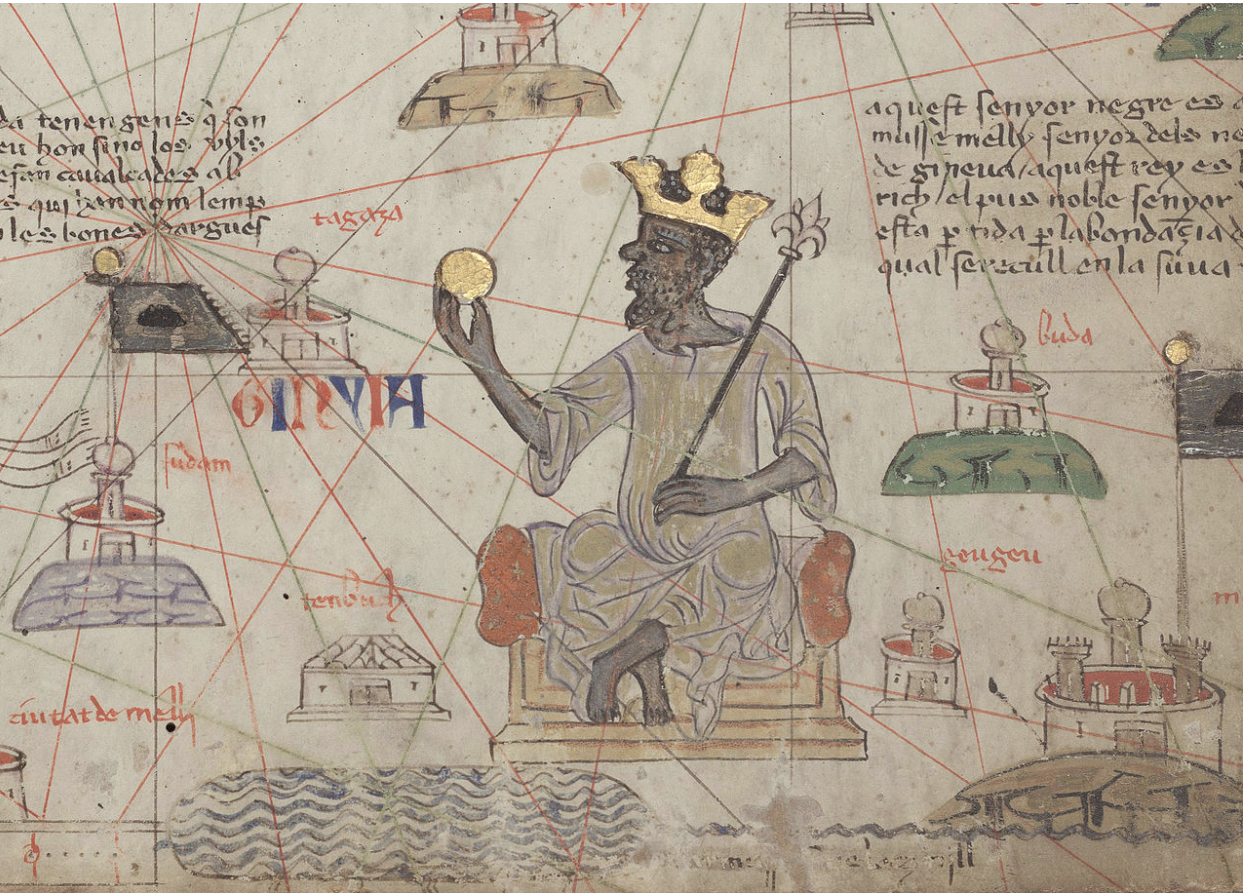
During this time, there were two distinct regions in Europe: western Europe and eastern Europe, and the border generally modern-day Germany. In the west, you'll learn about the effects of the fall of Rome as it leads into the Middle Ages. You'll become acquainted with feudalism, the major political system during this time, along with the different social classes that accompanied feudal systems.
Along with this, you'll see the enhanced role of the Catholic Church and how the relationship between the pope and kings often shaped individual political systems. This era in western Europe is typically known as the Dark Ages (however, this is a bit of a misnomer as most of the world was actually doing really well). In Eastern Europe, the major political powers will be the Mongols in the form of the Golden Horde in Russia and the Byzantine Empire.
You'll study their political systems along with their cultural values, such as the growth of the Eastern Orthodox Church after the Great Schism and the philosophy of caesaropapism. You may also learn about Byzantine art, such as mosaics and the Hagia Sophia. The fall of the Byzantine Empire in 1453 can also be a periodic argument for why this period ended in 1450.
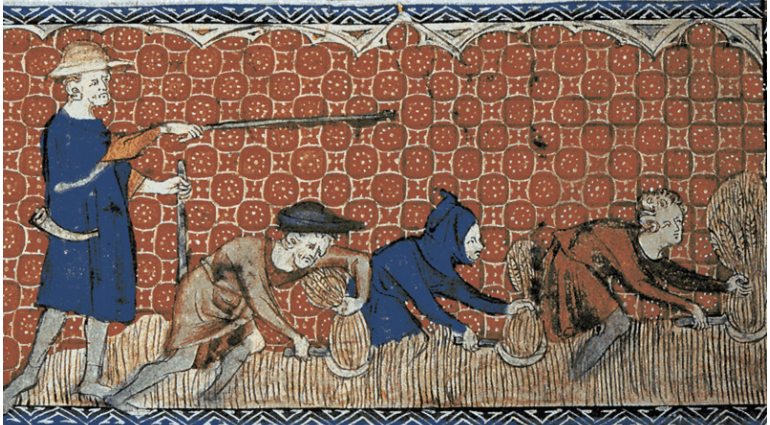
Asian trends mostly revolve around one state: China. China's system is a dynastic system, which means different families of rulers take over and lose power in a cycle. In period 1, you'll learn about the Song and Yuan dynasties and their impact on the surrounding areas in the trend of Sinicization. The Mongols will also play a significant role in China's development and the growth of trade routes on land and overseas.
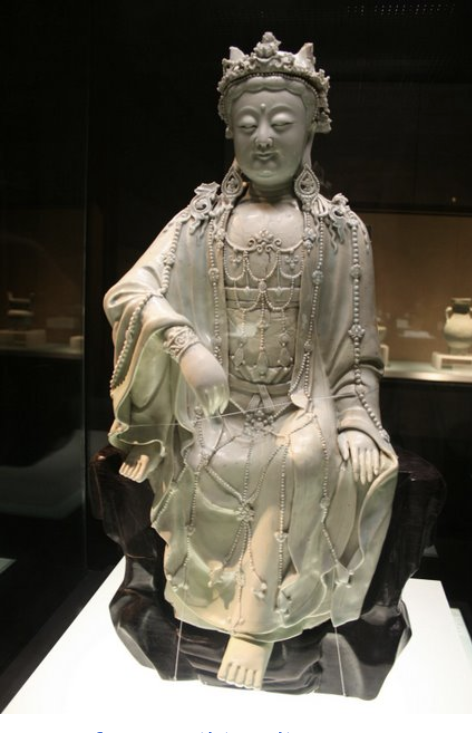
The establishment of a new religion, Islam, will mark the rise of the Middle East, or Dar al-Islam. After Muhammad died in 632 CE, Muslim empires known as caliphates grew in the Middle East and consolidated power through religion and military power. There are two major caliphates to know, the Umayyads and Abbasids. You may also learn about the impact of Islam on Spain through art and architecture. Again, there's a lot to know about these empires, but when you break it down using SPICET, it becomes digestible.
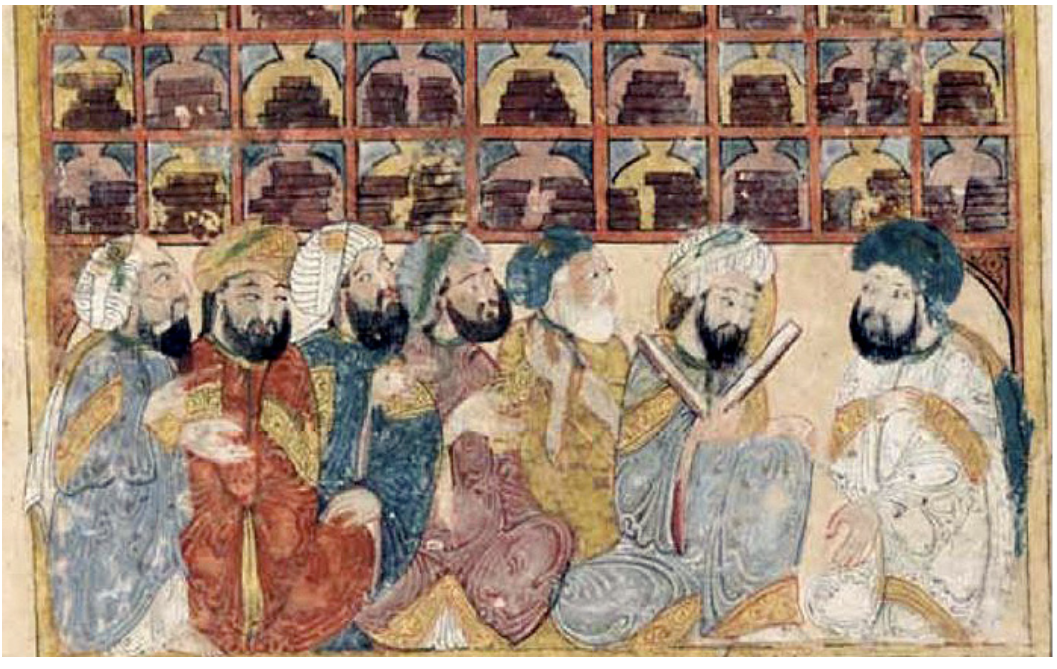
Trends in the Americas
The Americas during this period are isolated from Afro-Eurasia (the Vikings did reach Canada, but their impact was minimal compared to future interactions). As such, they developed unique societies, cultures, and trade systems. The two major empires that you'll become familiarized with are the Aztecs and Incas.
You'll learn how they functioned and draw comparisons between the two and between the Americas and Afro-Eurasian empires. Another essential skill that will pop up between Unit 1-2 (as well as future units) is the skill of continuity and change over time. The Americas experienced extreme change over the course, and as such, you'll want to take note of what changes and what stays the same.
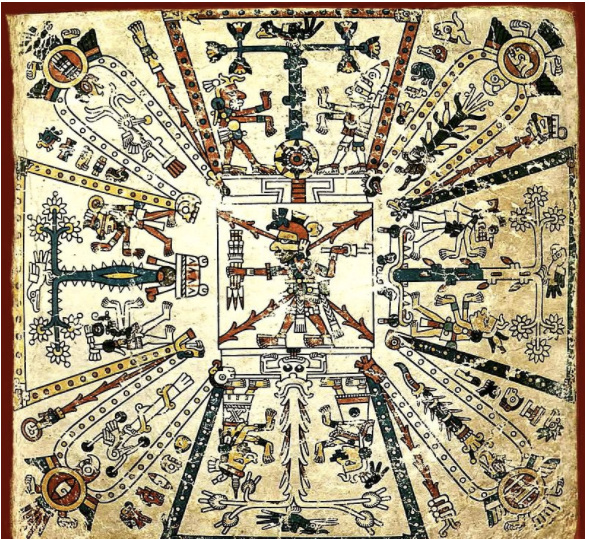
Browse Study Guides By Unit
🐎Unit 1 – The Global Tapestry, 1200-1450
🐫Unit 2 – Networks of Exchange, 1200-1450
🕌Unit 3 – Land-Based Empires, 1450-1750
🍕Unit 4 – Transoceanic Interactions, 1450-1750
✊🏽Unit 5 – Revolutions, 1750-1900
🚂Unit 6 – Consequences of Industrialization, 1750-1900
💣Unit 7 – Global Conflict, 1900-Present
🥶Unit 8 – Cold War & Decolonization, 1900-Present
✈️Unit 9 – Globalization, 1900-Present
✏️Frequently Asked Questions
🤔Exam Skills
👉🏼Subject Guides
📝AMSCO Notes

Fiveable
Resources
© 2025 Fiveable Inc. All rights reserved.